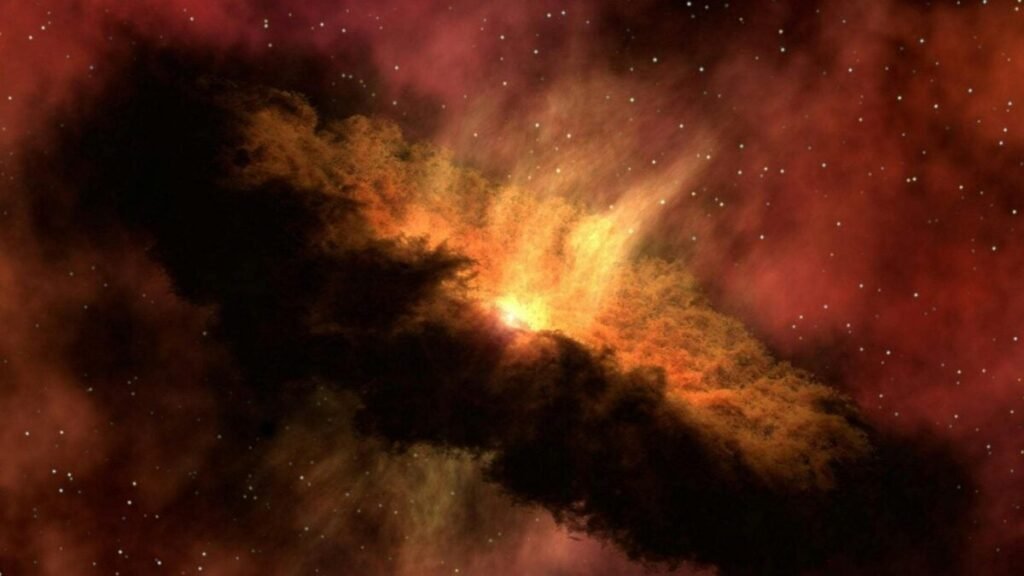“We were clueless about the cosmos: only 5% in sight! The universe’s dark secrets are unfolding before our eyes!”

For years, looking up at the stars meant understanding the universe: galaxies, nebulae, clusters. But as we learned more about the expansion of the universe, we realized that there was more to the story than what meets the eye. A significant portion of the universe, massive and powerful, remains hidden from our view. It’s like trying to understand a city by only looking at the streetlights.
The Big Bang left a mark and killed eternity

The concept of the Big Bang theory revolutionized our understanding of the universe. It marked the beginning of time and set the stage for the vastness of the cosmos. However, there was a missing piece – the lack of visible mass to explain the sustainability of galaxies.
Dark matter: the skeleton that holds galaxies in place unseen
Scientists like Vera Rubin discovered that the rotation curves of galaxies didn’t add up – there had to be an invisible force holding them together. This invisible “dark matter” doesn’t emit light or interact much with other matter, but its gravitational pull keeps galaxies intact.
When we thought gravity would slow down the expansion, dark energy threw a curveball: the universe is actually accelerating in its expansion. This mysterious force, if constant, could lead to an empty sky in the distant future. The cosmic inventory is dominated by dark energy and dark matter, with normal matter (like stars and planets) making up only a small fraction.
While alternative theories like MOND try to explain the universe without dark matter, the current model of dark matter and dark energy fits the observations better. This discomfort with the unknown is what drives scientific progress, pushing us to explore new ideas, particles, and symmetries to unravel the mysteries of the cosmos.






